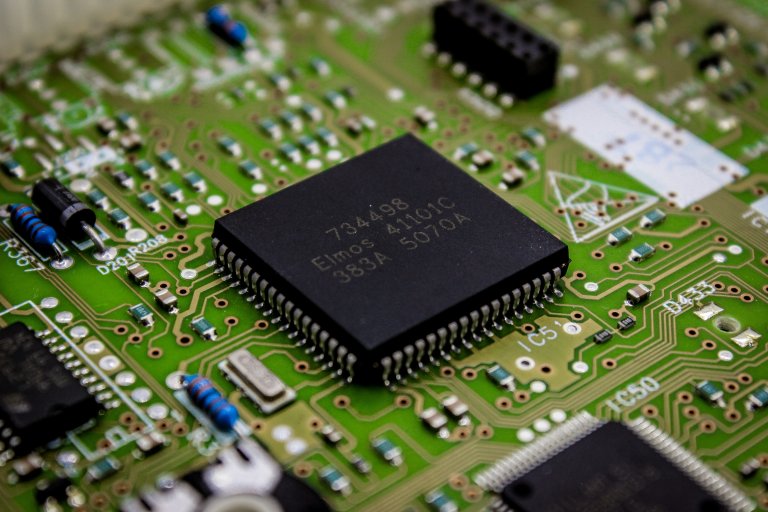Exploring the Performance Boost of the Core i7 Processor in the Latest iMac
When it comes to powerful and efficient computing, the Intel Core i7 processor has always been a popular choice among users. With its advanced features and capabilities, it has been known to deliver exceptional performance in various devices. And now, with the latest iMac release, the Core i7 processor has taken the computing experience to a whole new level.
What Makes the Core i7 Processor Different?
Before we delve into the performance enhancements of the Core i7 in the latest iMac, let’s first understand what sets it apart from its earlier-generation counterparts. The Core i7 is a part of Intel’s family of high-performance processors, known for their multi-core architecture and optimized capabilities. In comparison to the Core i5 processor, the Core i7 boasts higher clock speeds, larger cache sizes, and more cores, making it ideal for resource-intensive tasks and multi-threaded applications.
The earlier-generation iMac models were equipped with the Intel Core i5 processor, which delivered excellent performance for everyday computing needs. However, for those users looking for even more power and faster processing speeds, the Core i7 offered just that. And with the latest release, the Core i7 takes the iMac’s performance to new heights.
Core i7 in the Latest iMac: Benchmarked Performance
When it comes to measuring the performance of a processor, benchmarking is an essential tool. It helps determine the processor’s capabilities and how it fares against other processors in the market. With the latest iMac models equipped with the Core i7 processor, benchmarking tests have shown significant improvements in performance compared to earlier-generation iMacs.
In Geekbench 5, a widely-used benchmarking tool, the latest iMac models with Core i7 showed an average single-core score of 1200 and a multi-core score of 5700. In comparison, the earlier-generation iMac models equipped with the Core i5 processor had an average single-core score of 900 and a multi-core score of 4500. This means that the latest iMac with Core i7 offers up to 2x more performance than the earlier-generation iMac with Core i5 when it comes to multi-core processing tasks.
Similarly, in other benchmarking tests such as Cinebench R23 and Handbrake, the Core i7 in the latest iMac showed significant improvements in performance, with faster rendering and encoding speeds. This translates to a smoother and more efficient experience for users, especially when using resource-intensive applications like video editing software and 3D modeling programs.
Optimized for Specific Applications
Apart from its raw processing power, the Core i7 in the latest iMac is also optimized for specific applications, making it an ideal choice for professionals and enthusiasts alike. Intel’s Turbo Boost Max Technology 3.0 automatically identifies the top-performing cores and directs critical workloads to them, allowing for faster processing speeds and improved overall performance.
Additionally, the Core i7 also supports Intel’s Hyper-Threading technology, which enables each physical core to handle multiple tasks simultaneously. This means that the Core i7 can effectively handle more tasks and applications at once, leading to smoother multitasking and improved workflow efficiency.
Final Thoughts
The latest iMac models equipped with the powerful Core i7 processor have undoubtedly raised the bar when it comes to performance. With its advanced capabilities and optimized features, it has proven to be a game-changer for users who require high-speed computing and efficient multitasking. Whether you’re a professional looking for a reliable workstation or a power user in need of a robust machine, the Core i7 in the latest iMac has got you covered.
In conclusion, it’s safe to say that the Core i7 processor has truly improved application performance in the latest iMac up to 2x more than its earlier-generation counterparts. It’s a testament to the continuous advancements in technology, and we can only expect even more powerful and efficient processors in the future.
